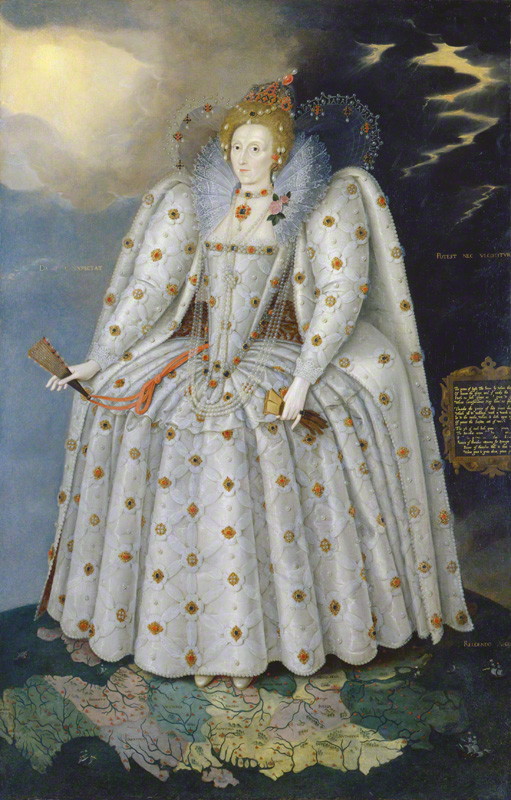The Public Self
Research
Using a variety of resources (internet, magazines, home, school, newspapers, artbooks) ask students to research different kinds of portraits focused around the questions – What is a portrait? Who makes them? What different uses are there for them? How is the sitter’s identity portrayed?
Collect & explore
Students collect and document 6 different examples of portraits, made for different purposes. These should be a mixture of traditional and non-tradition images of painted and photographed portraits. Students analyse these images clearly explaining their understanding of them, making comparisons between them, in terms of form and context.
Drawing the face
Introduce students to the formal process of creating a proportionally accurate drawing of the face. Use A4 pencils, with measuring notes. Students can then apply understanding with an A1 charcoal drawing.
Photography and gesture
Continue the focus on the face through photography. Working with lighting and digital cameras, students can explore the way body language and facial expression can be manipulated to convey aspects of character. Get them to work in pairs and make photographs of each other, exploring and documenting a wide-range of emotions.
Autobiography – composite images
Students to collect and bring in portrait images of themselves, their family and extended friendship networks. These should also include, where possible, images of their families previous generations. Images will be photocopied and scanned and used (together with their earlier gesture photographs) to create a series of composite images, developed using collage and a range of painting-media.
Evaluate
Students to review their portrait images to reflect both on the messages conveyed within their work and the application of their practical skills and techniques. Students should identify the most successful aspects of their work in order to refine their ideas. They will then create one final composite image using PhotoShop. This image will then be realised as a finished oil painting.
Formal portrait – oil painting
Students to have an introduction to working with oil paint, possibly from an artist in school, learning how to manipulate and handle the paint. These skills will then be applied to their final composite image. Printed on to acetate and projected using an OHP on to canvas, students will work on this painting as their formal, final outcome.
Back to Case Study: Self Portraiture Commission

